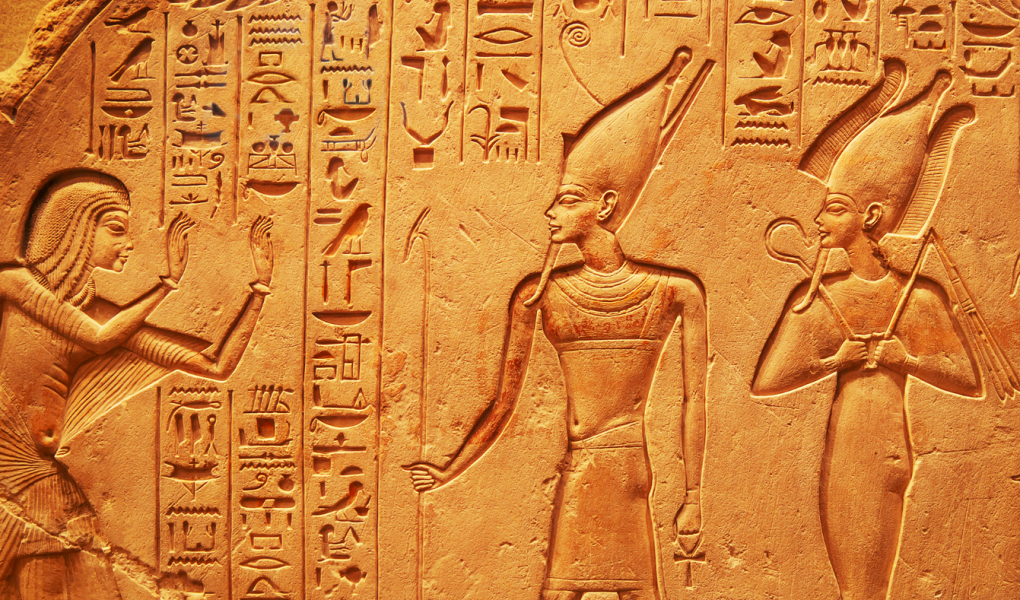lareddepathways.com – The Mayan civilization, known for its advanced mathematical and astronomical knowledge, left behind a rich legacy of written records known as the Mayan Codices. These documents, written on bark paper or deer hide, are a treasure trove of information about the Mayan culture, religion, and science. Despite the destruction of many of these texts by Spanish conquistadors and priests in the 16th century, a few survived, offering modern scholars a glimpse into the complex world of the ancient Maya.
The Surviving Codices
There are four surviving Mayan codices: the Dresden Codex, the Madrid Codex, the Paris Codex, and the Grolier Codex. Each of these documents contains a variety of information, including astronomical tables, calendrical data, and rituals. The Dresden Codex, for example, is famous for its Venus Table, which predicts the movements of the planet Venus over time. The Madrid Codex focuses on rituals and the Paris Codex on deities and mythological narratives. The Grolier Codex, the most recently discovered, contains astronomical and calendrical information.
Deciphering the Ancient Knowledge
The decipherment of the Mayan codices has been a long and complex process. The Maya used a combination of logograms (symbols representing words or phrases) and syllabic signs to write their language. The breakthrough in decipherment came in the 20th century, with the work of scholars like Yuri Knorozov, who applied linguistic principles to the Mayan script, revealing its phonetic elements.
Astronomical Insights
One of the most significant revelations from the codices is the Mayan understanding of astronomy. The Maya were meticulous observers of the sky, and their codices contain detailed records of celestial events. The Venus Table in the Dresden Codex, for instance, shows an advanced understanding of the synodic cycle of Venus, which is the period of time between two successive conjunctions of a planet with the Sun.
Calendrical Precision
The Mayan calendar is another area where the codices provide profound insights. The Maya used several calendars, including the Tzolk’in (a 260-day ritual calendar), the Haab’ (a 365-day solar calendar), and the Long Count (a linear count of days used to date events). The codices contain detailed calendrical tables that show the Maya’s ability to predict eclipses and other astronomical events with remarkable accuracy.
Mythology and Rituals
The codices also reveal the rich mythology and ritual practices of the Maya. The Paris Codex, in particular, contains illustrations of deities and narratives that provide context to the rituals and beliefs of the Mayan people. These texts show a complex pantheon of gods and goddesses, each with specific attributes and domains.
The Importance of the Mayan Codices
The Mayan codices are not just historical artifacts; they are living documents that continue to teach us about the ancient Maya. They provide a window into the thoughts, beliefs, and knowledge of a civilization that thrived in the Americas long before European contact. By studying these codices, we can gain a deeper understanding of the Mayan worldview and their sophisticated knowledge of astronomy, mathematics, and agriculture.
Conclusion
The hidden messages of the Mayan codices are a testament to the ingenuity and intelligence of the ancient Maya. As we continue to decipher these ancient texts, we uncover more of the knowledge that was thought to be lost. The Mayan codices remind us of the importance of preserving our cultural heritage and the lessons that can be learned from civilizations of the past. Through these documents, the Maya continue to speak to us across the centuries, offering insights into their world and challenging us to appreciate the depth of their knowledge and the richness of their culture.

